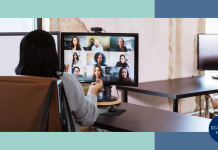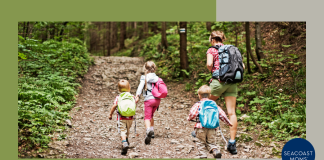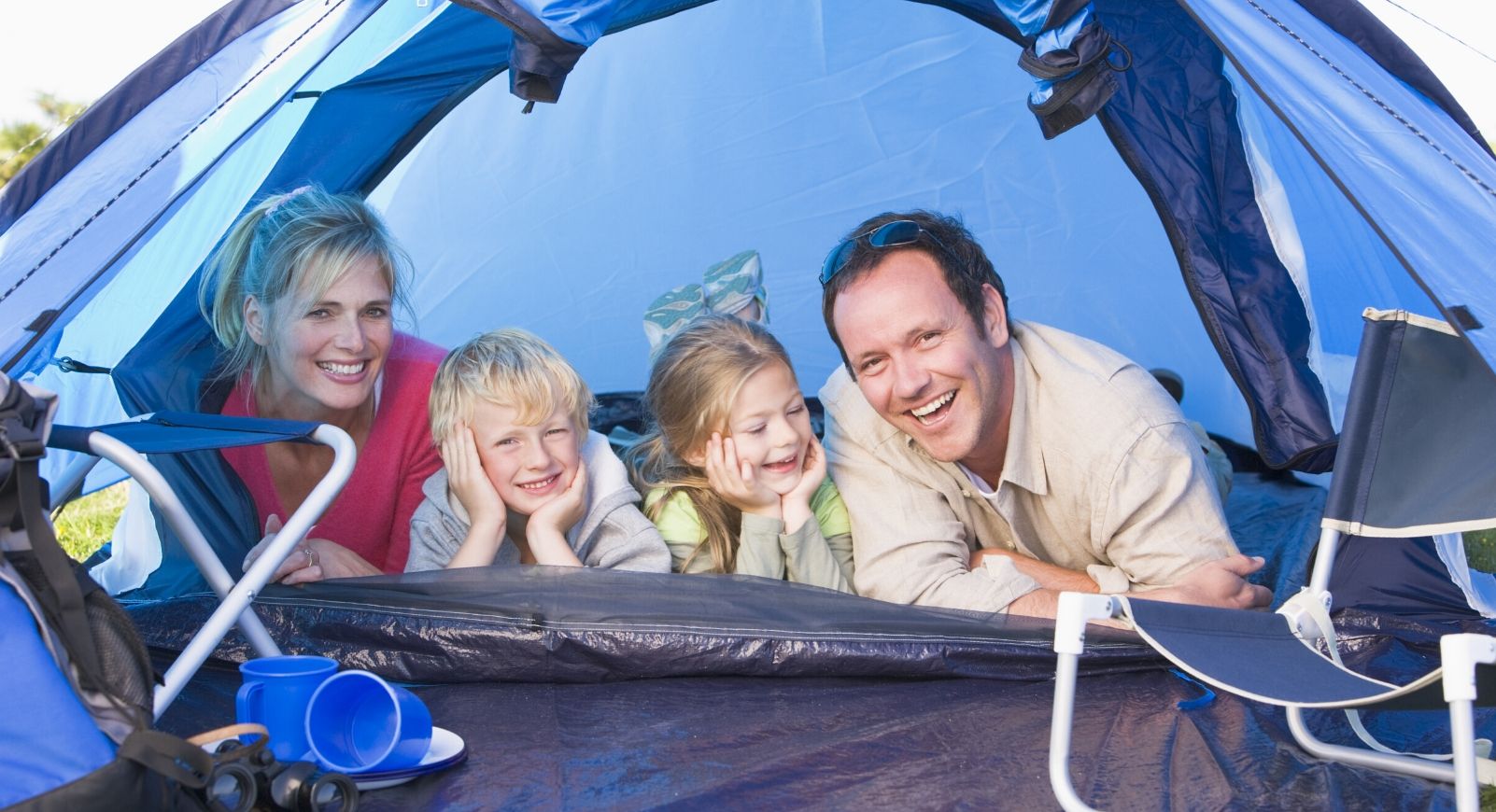Do you worry about head lice? If you’re like me just reading those words has your scalp itching and thinking, “Now I am!” Head lice is a frightening reality for millions of moms every year. There are an estimated 6-12 million cases of head lice infestation annually.
[typography font=”Chivo” size=”18″ size_format=”px”]The upside? Head lice are not believed to spread disease. [/typography]
What are head lice?
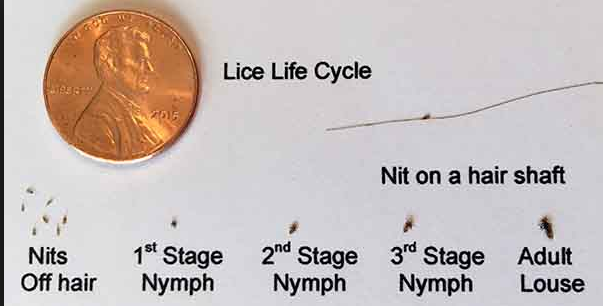
Lice are tiny insects that attach to human hair and feed on the host’s blood. The life cycle of a louse has 3 stages; a nit, a nymph, and adult. A nit, or lice egg, is light yellow or white, round, 2-3 mm in length, and is firmly attached to the shaft of the hair. A nymph, baby, looks like a smaller version of an adult. Adult lice are generally the size of a sesame seed, have six legs, and are tan to light grey. Adult lice have a 30-day lifespan when they lay eggs on their host. Without a host, a louse will die within 48 hours.
How do you get lice?
Lice are a common parasite found on the human head. Children are particularly susceptible to catching lice as it is spread through close personal contact, and the sharing of hats, combs, and other clothing. Girls and women are more likely to contract it than boys and men. Coming into contact with a bed, couch, carpet, etc that has recently been used by an infected person can also cause an infestation, however, non-direct contact is very low-risk because lice can not survive for long without a human host.
[typography font=”Chivo” size=”18″ size_format=”px”]Myth- Having lice means you’re dirty. False. Tidy people are just as likely to get lice as those who aren’t. [/typography]
How do you know if you’ve got them?
Head lice cause a tickling feeling on the scalp, itching, and sores on the head. Lice bites may also cause a rash for some people. Lice are diagnosed by closely inspecting the hair and scalp for the presence of nits, nymphs, or adult lice. Locating a nymph or adult can be difficult because there are only a few of them and they move quickly. However, a nit close to the scalp is a confirmation of the presence of lice.
How do you get rid of them?
All people with lice and their bedmates should be treated at the same time, according to the CDC. Both pharmaceutical and non-pharmaceutical treatment options are available. Some pharmaceutical options kill lice, but leave the nits, while others kill both. After all the eggs have hatched and before more eggs can be laid many methods require reapplication.
Treatment Options
[typography font=”Chivo” size=”16″ size_format=”px”]Louse and Nit Combing-[/typography] This method is often combined with other treatments but also can be used alone. If combing is your sole method of delousing you’ll want to slow down the lice with a thick white conditioner. Best are dimethicone based products, or a combination of conditioner and baking soda. You’ll need to comb the infected person’s hair daily for two full weeks with a metal nit comb. Do small sections at a time, wiping off nits and lice frequently. This method only works if you get every louse and egg.
[typography font=”Chivo” size=”16″ size_format=”px”]Over the Counter Treatments-[/typography] Nix and Rid are the only FDA approved OTC methods for getting rid of lice. You’ll want to follow the instructions on the package and retreat in 9 days to kill any newly hatched eggs. Although these products have been used for years and are considered by the American Academy of Pediatrics to be the first line of defense against head lice, this pest is growing increasingly resistant to them.
[typography font=”Chivo” size=”16″ size_format=”px”]Prescription Malathion- [/typography] This prescription pesticide lotion is 90% effective at killing lice and eggs in one treatment, BUT it must be left on the infected person’s head for 8 to 12 hours and is flammable. This is also the only prescription option available in generic which makes it the most cost-effective.
Some New Options
[typography font=”Chivo” size=”16″ size_format=”px”]New Prescriptions-[/typography] There are now 3 new prescription methods available for lice treatment. Ulesfia, Natroba, and Sklice are considered safer alternatives to Malathion. All three options are lotions that are left on the infected person’s head for 10 minutes. The three have varying success rates and all three recommend also combing to ensure the removal of the lice.
[typography font=”Chivo” size=”16″ size_format=”px”]AirAlle-[/typography] This FDA approved device uses heated air to kill lice and eggs in a single treatment. Some studies report a 95% success rate with this method. However, availability and cost are deterrents for many families. People who provide this service can be located through Lice Clinics of America.
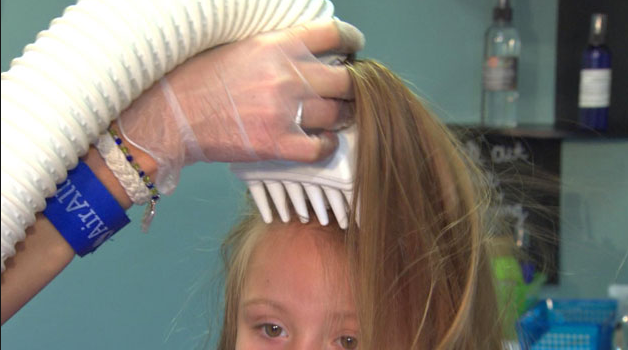
[typography font=”Chivo” size=”16″ size_format=”px”]Lice Removal Services-[/typography] Like many other unpleasant jobs you can now hire someone to do the nitpicking for you. Lice removal services are gaining popularity in the U.S. But they often carry a hefty price tag and success varies significantly. As with any service you hire be sure to do your homework first.
[typography font=”Chivo” size=”16″ size_format=”px”]Home Remedies-[/typography] Google home remedies for head lice and the options may seem endless. Home remedies are cheap and generally non-toxic. Among the most popular are olive oil, butter, Crisco, Vaseline, and mayonnaise, which involve covering the hair and scalp in a thick layer of the substance and a shower cap for varying lengths of time in order to smother the lice. Then nit combing the hair and repeating as needed. Dr. Dale Pearlman also developed a popular method that involves the lotion Cetaphil. You can find out more about that method on Dr. Pearlman’s Website.
Want More Information?
This list of resources was super helpful in preparing this post.


